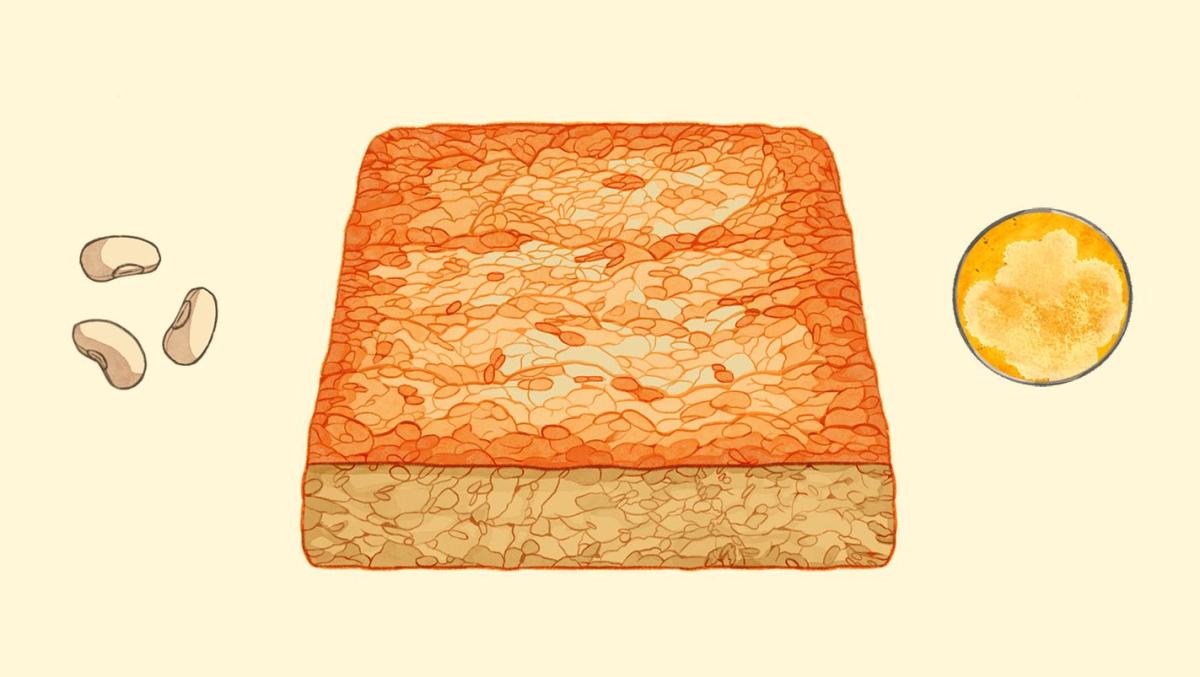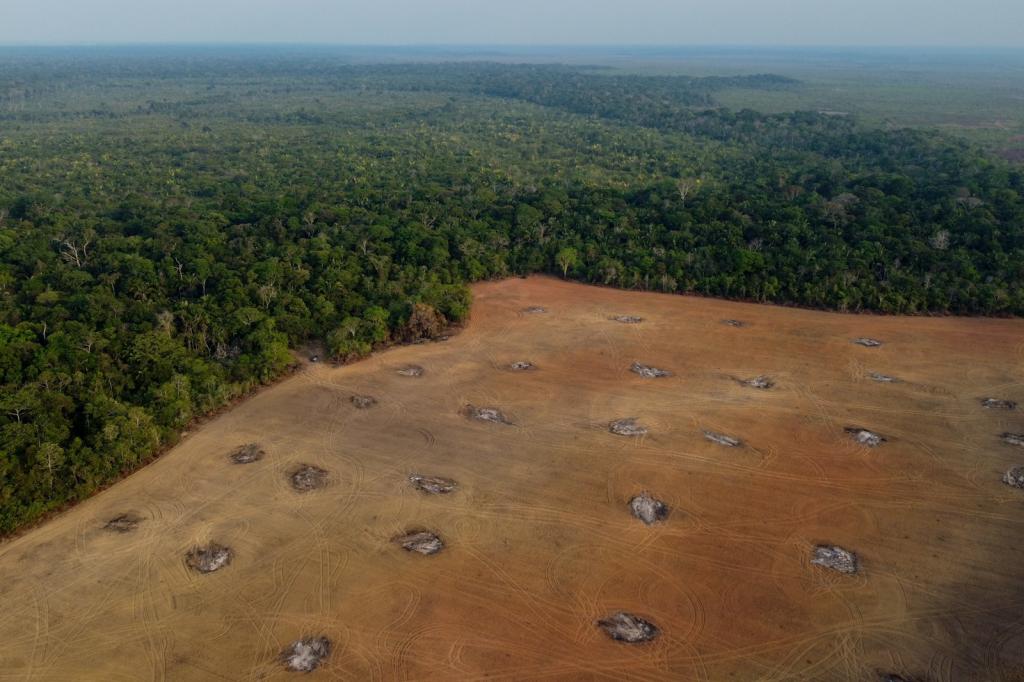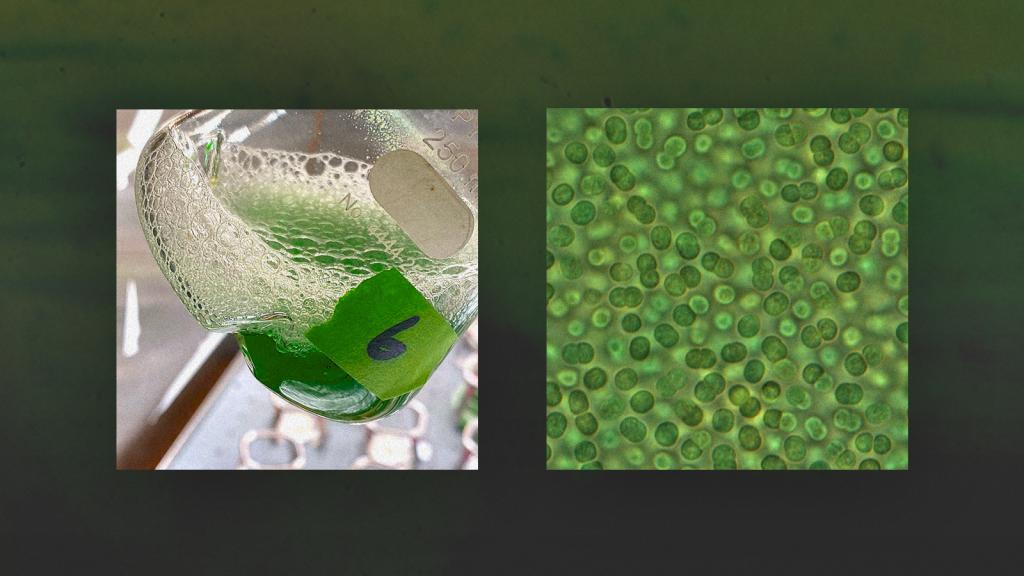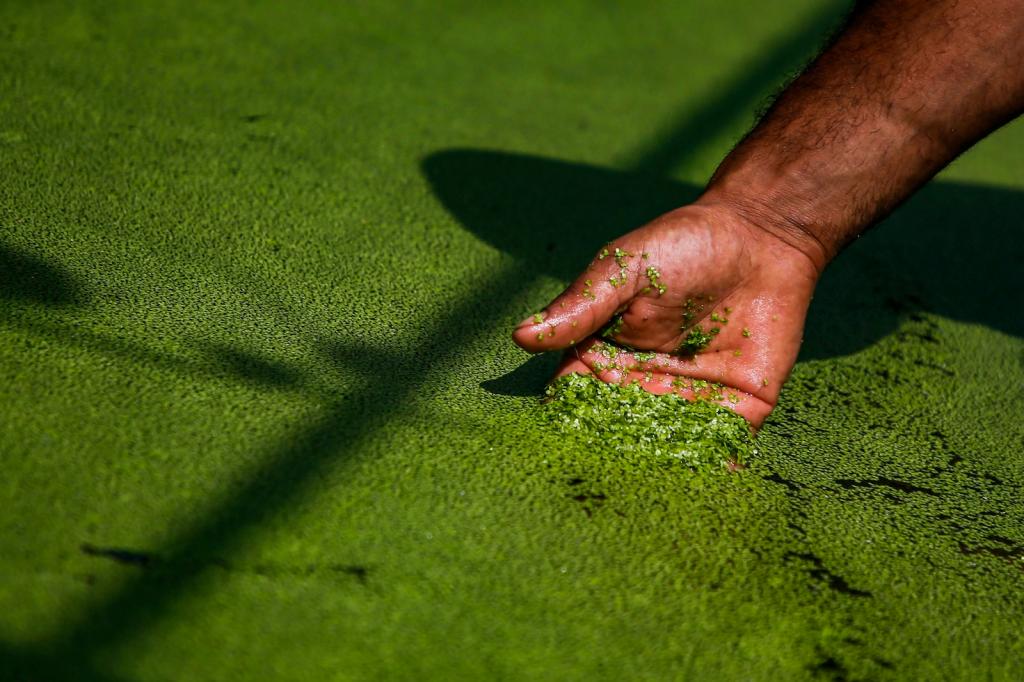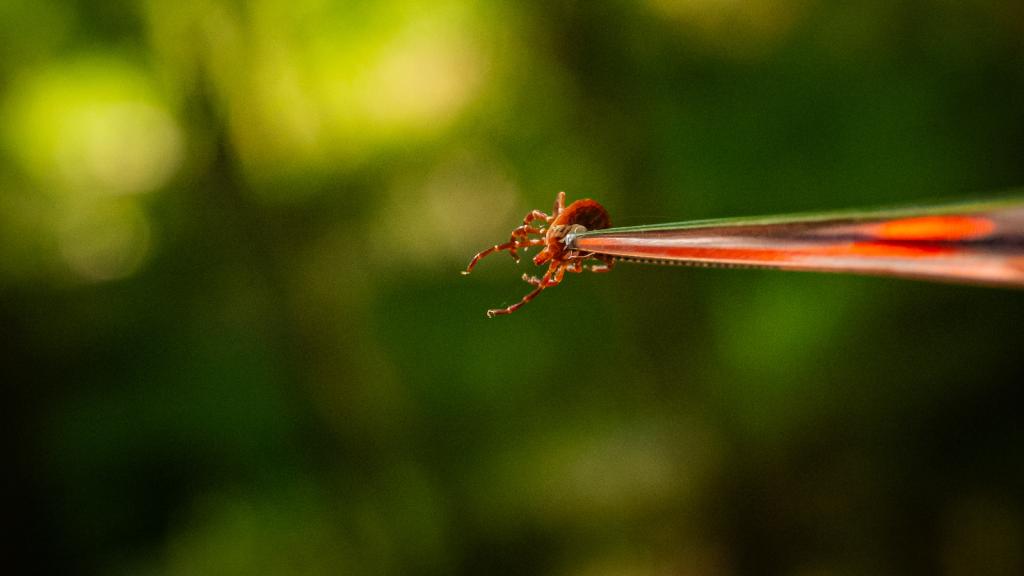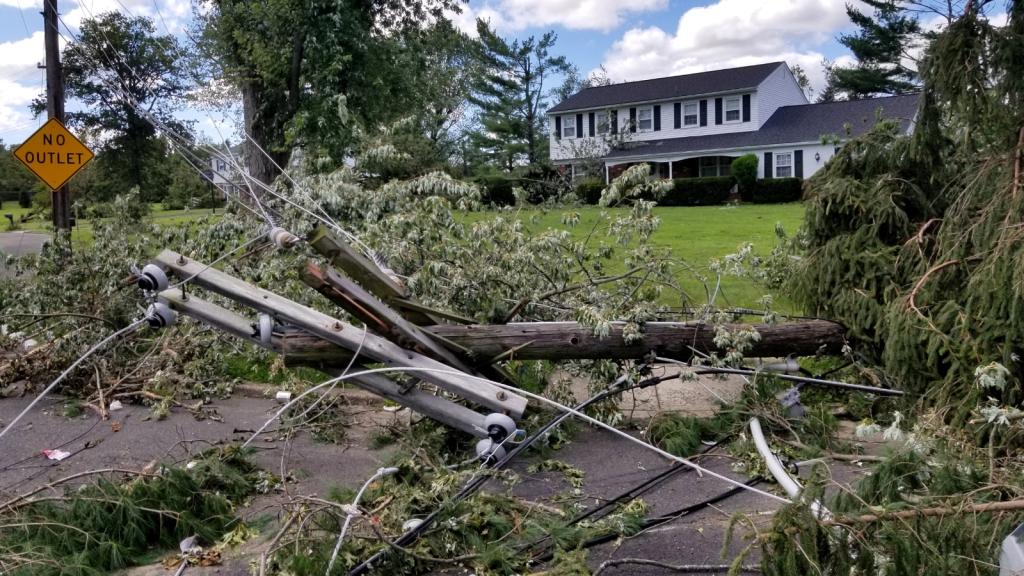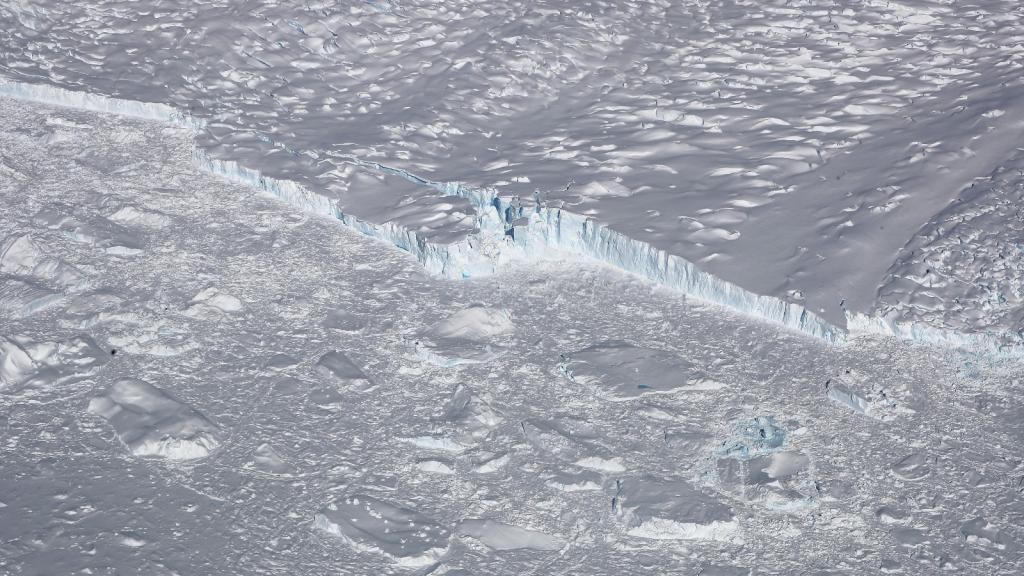Making oncom is almost magical. It starts with a pile of soy pulp, which is wrapped in banana leaves and sprinkled with the spores of a fungus called Neurospora intermedia. The bundle is left to ferment in a warm, humid place for about a day and a half. As the mold digests the proteins and starch within the fibrous pulp, it also breaks down the cellulose, turning what remains into a dish beloved by many across western Indonesia.
“It’s pretty astonishing,” said chef-turned-bioengineer Vayu Hill-Maini. “In just 36 hours, this fungal growth is really kind of transforming what otherwise is pretty inedible.”
He hopes others see it that way, too. In a recently published paper in Nature Microbiology, the Stanford University assistant professor made a convincing argument that fungal fermentation of food waste and agricultural byproducts could be the next culinary frontier.
For Hill-Maini, this is about more than making trendy dishes. It’s about improving food sustainability and reducing hunger ... Read more
